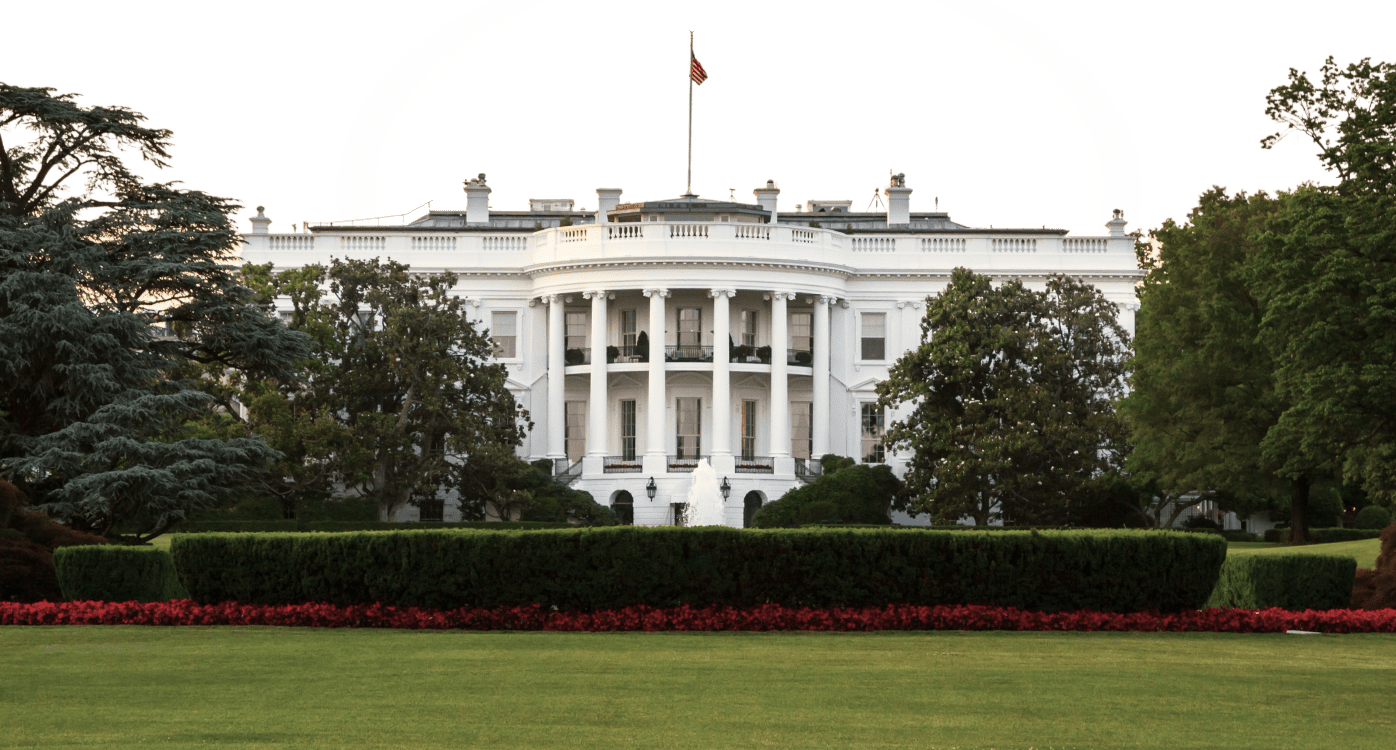Today, President Joe Biden is visiting Michigan to sign a new Executive Order to strengthen labor standards in federally funded projects. The “Good Jobs EO” is part of the Biden administration’s broader Investing in America agenda and focuses on ensuring that new jobs created through federal investments provide fair wages, workplace safety, and opportunities to join unions.
The signing will occur at UA Local 190’s Job Training Center, where the president is expected to meet with union workers and apprentices involved in federally funded projects. This visit is part of a nationwide tour showcasing the effects of the administration’s efforts to invest in manufacturing, infrastructure, and clean energy sectors.
Details of the Executive Order
The Good Jobs EO outlines a series of labor standards that federal agencies are encouraged to adopt when executing projects supported by federal funding. These include promoting worker voice through Project Labor Agreements (PLAs) and Community Benefits Agreements, which aim to give workers a fair chance to join unions. Additionally, the EO calls for agencies to prioritize high-wage jobs and improve access to essential benefits such as healthcare, paid leave, and retirement security.
The order also emphasizes workforce development through apprenticeships and partnerships between labor organizations and training programs. Federal agencies will be encouraged to incorporate these standards into their project planning to ensure that jobs created by federal investments offer long-term economic benefits to workers.
Creation of the Investing in Good Jobs Task Force
The executive order establishes the Investing in Good Jobs Task Force to oversee the implementation of these labor standards. This group, co-chaired by the Secretary of Labor and the Director of the National Economic Council, will coordinate efforts across federal agencies to ensure compliance with the new guidelines. The task force will ensure that projects are completed on time and meet labor standards to support high-quality jobs.
Economic Context
The new executive order comes as part of a broader initiative by the Biden administration to bolster the U.S. economy through public and private investments. Since 2021, federal programs like the Bipartisan Infrastructure Law, the CHIPS and Science Act, and the Inflation Reduction Act have contributed to job creation, with the administration reporting nearly 16 million jobs added over the past three years. These investments have also led to significant private-sector commitments, particularly in clean energy and manufacturing.
Clean energy jobs, in particular, have seen rapid growth, with the unionization rate in this sector reaching its highest level on record last year. The Good Jobs EO aims to continue this trend by ensuring that new jobs created through federal investments maintain strong labor protections.
Labor Standards and Federal Projects
The Good Jobs EO encourages agencies to adopt several specific practices to promote better working conditions. Among these are Project Labor Agreements (PLAs), which set terms and conditions for labor on federal projects, and Community Benefits Agreements, which aim to involve local communities in the benefits of major infrastructure projects. The order also prioritizes equitable compensation practices, including prevailing wage standards and pay transparency.
Additionally, the EO directs federal agencies to prioritize projects that offer workers access to benefits such as health insurance and retirement plans and to ensure workplace safety by promoting compliance with health and safety laws.
Conclusion
The Good Jobs EO represents a step toward formalizing labor standards for federally funded projects, to create more secure, well-paying jobs for American workers. The order’s focus on labor protections, workforce development, and project delivery is expected to shape how federal agencies plan and execute projects across sectors such as infrastructure, manufacturing, and clean energy.
Specifically, the Executive Order calls on the following:
The Good Jobs EO calls on agencies to adopt the following labor standards:
- Promoting worker voice, through Project Labor Agreements (PLAs), Community Benefits Agreements, voluntary union recognition, and neutrality with respect to union organizing. These instruments, which agencies are encouraged to prioritize where appropriate and consistent with law, mark the strongest package of priorities that any Administration has taken to help promote the free and fair choice to join a union through federally funded and federally supported projects.
- Providing tools to promote high-wage jobs, through prevailing wage standards and other equitable compensation practices, such as prioritizing equal pay and pay transparency. This Administration is taking ground-breaking steps to raise wages by directing agencies to consider incentivizing specific high-wage standards for manufacturing grants—going beyond long-standing Davis-Bacon requirements that only apply to construction jobs.
- Promoting worker economic security, by directing agencies to consider prioritizing projects that supply the benefits that workers need—including child and dependent care to health insurance, paid leave, and retirement benefits.
- Supporting workforce development through registered apprenticeships, pre-apprenticeships, labor-management partnerships, and partnerships with training organizations including community colleges, public workforce boards, and the American Climate Corps.
- Leveling the playing field, by encouraging grantees to develop equitable workforce plans and offering project supports that promote fair hiring and management practices as the projects develop.
- Supporting workplace safety by encouraging agencies to prioritize reporting structures that help ensure compliance with all workplace health and safety laws.
To oversee agencies in their implementation of these labor standards, the Good Jobs EO creates a new Investing in Good Jobs Task Force (Task Force) in the Executive Office of the President. The Task Force will coordinate policy development that drives the creation of high-quality jobs and ensures project delivery. The Task Force will be co-chaired by the Secretary of Labor and the Director of the National Economic Council and include Seniors Advisors to the President and members of the President’s Cabinet.
In addition, the Good Jobs EO outlines strategies for agencies to enact these standards across their grant programs, consistent with applicable law:
- Incentivize these strong labor standards to the greatest extent possible by including application evaluation criteria related to strong labor standards. This includes, consistent with relevant statutes, prioritizing applicants who employ Project Labor Agreements and Community Benefit Agreements in funding opportunities.
- Issue guidance or best practices to promote and implement these priorities.
- Collect data on job quality to encourage best practices further and increase accountability. This includes embedding checkboxes on high-road labor standards into grant applications—a proven strategy that has yielded 22 PLA commitments and 34 new registered apprenticeship programs during a pilot study at the Department of Transportation.
- Conduct pre-award negotiations for key programs and projects as appropriate, and include ensuing commitments in grant agreements.
- Develop staff expertise to ensure every agency has in-house knowledge of strong labor standards and how their investments can promote and support good jobs.

